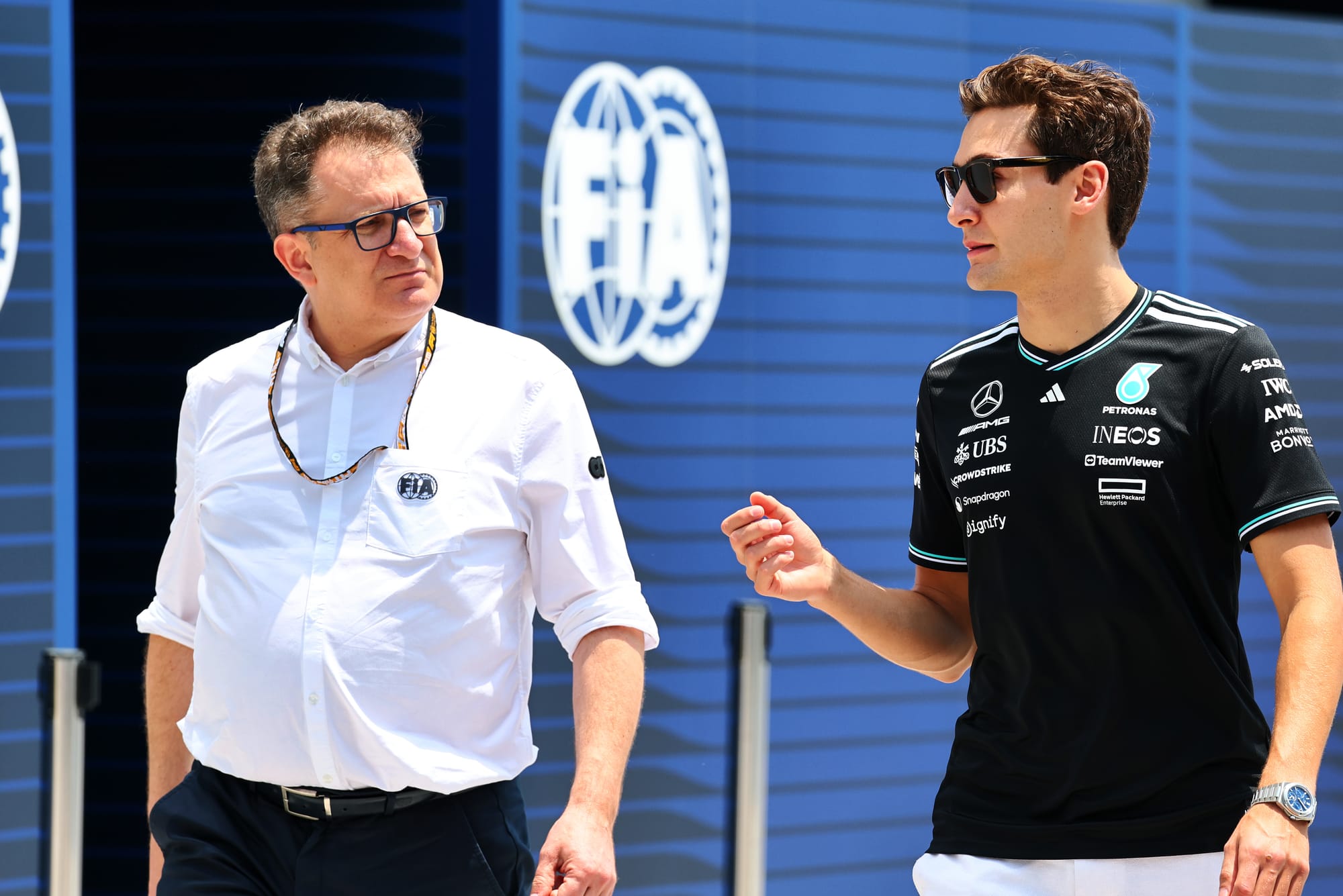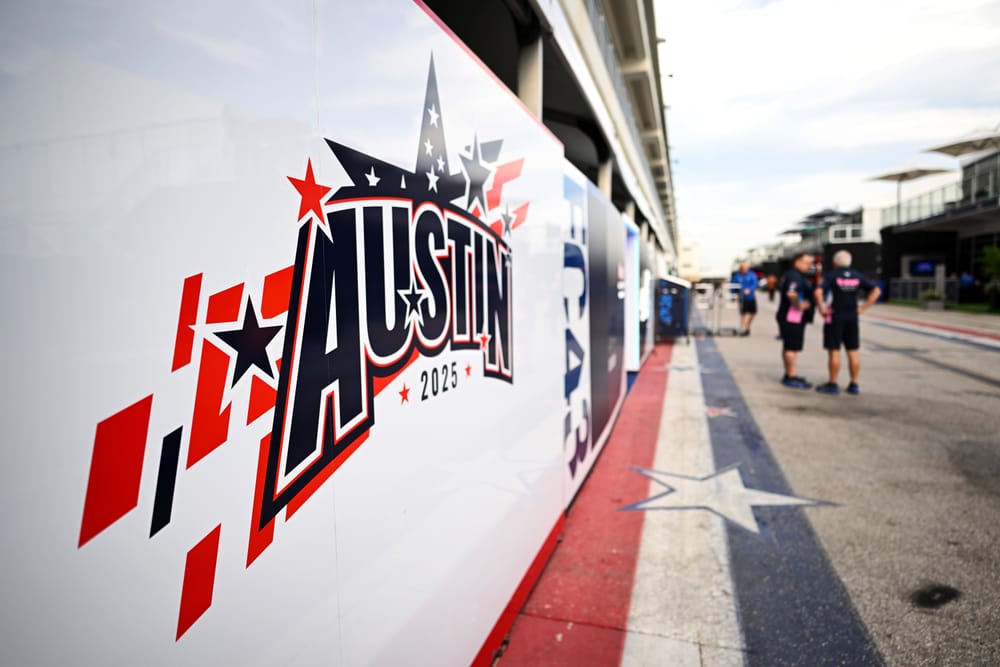The FIA has declared 'heat hazard' conditions for the second consecutive Formula 1 weekend, with drivers bracing themselves for warmer than usual weather at the United States Grand Prix as a recent hot and dry streak rolls on.
Under the current regulations, if the official weather forecast for the race shows that temperatures are set to break 31 degrees Celsius then procedures kick into play that demand teams fit cooling systems to their cars.
But, as the technology is brand new for this year and some squads are not as advanced in getting it to work properly or long enough to last full race distances so far, drivers are not yet forced to wear the cooling vest element.
Any driver that does not wear the vest has to carry a small amount of extra ballast within the cockpit area.
At the recent Singapore GP, where F1’s first ever heat hazard was declared, several leading drivers made clear they were not happy with the idea – and did not want it to be made mandatory for 2026.
More on F1 heat hazards
The Race simulates F1's 'heat hazard' Singapore GP conditions
What F1's first-ever 'heat hazard' race means
F1 drivers have two main doubts for first 'heat hazard' race
One of the most outspoken was Red Bull’s Max Verstappen, who voiced his concerns in the Friday night F1 drivers’ briefing.
“I feel like this needs to be a driver choice,” he said. “Of course, from the FIA side, they will always throw it on safety, but then we can talk about a lot of stuff that can be improved on safety, including pit entries in certain places.
“I think that has a bit more priority than a vest in the car because I don’t like it. I don’t like the tubes that are on you, on your body, with the belts that go next to you.”
But other drivers are far more in favour of it.
Esteban Ocon said: “Every new thing that the FIA has introduced, some drivers were not in favour in the beginning and they ended up being in favour at the end.
“Of course it's not the same thing with safety [as HANS and the Halo], but if you have a driver that's been sick all night, vomiting all night, and he's dehydrated, he's not going to go and tell the FIA that. He's going to race.
“And if he races under conditions which are extremely humid, and it [the cooling vest] can help him not to faint and crash into other guys, then I think it is a safety element.”
The FIA is set to hold talks with drivers later this year to discuss the future of the cooling vest regulations, and plans to present medical documents that highlight the benefits that they can bring.
The Race recently spoke to Dr Chris Tyler, who is an advisor to F1 teams and drivers, to discover more about the impact that heat has on the human body.
You can watch the video on that via The Race Members' Club on Patreon, where you can get exclusive The Race content, ad-free listening, just for you podcasts, merch discounts and more. Sign up here.
No backing down from FIA

While there may be a chance that the vests could remain optional for another year, the FIA is going to keep the pressure on teams and system manufacturers to make it work better.
The FIA’s single-seater director Nikolas Tombazis told The Race recently that the risk of not doing anything at all to address racing in hot conditions was that it opened the door for a race potentially needing to be cancelled if things got too bad.
So while he accepts that maybe the current 31°C limit may be a bit conservative in triggering the heat hazard, he has no doubts that the concept is here to stay.
“In Qatar, two years ago, it was pretty bad, but I don't think there's any guarantee that we're not going to have other events like Qatar or maybe even worse,” he said.
“With the extreme climates we have, the last thing anyone would want to do is have to cancel a race because it's too hot.
“So I think there has to be a pressure to get the systems to work satisfactorily, so, if needed, people will adopt them.
“But I think it may be true that the threshold where the heat hazard is on/off, the temperature threshold may be a bit over-conservative at the moment, and we may need to adjust.”



